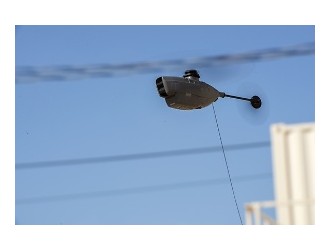
The APKWS mid-body guidance section converts a standard unguided 2.75-inch (70 mm) munition into a precision laser-guided rocket. A Navy program of record, the system has been in full-rate production since 2012.
BAE manufactures the guidance sections in Hudson, N.H., and the rockets can be assembled in the field. “APKWS assembly requires no special tooling—only a standard strap wrench is needed to mate the guidance kits to the rocket motors and warheads,” the company says. “Because this process is easy, it offers customers maximum flexibility for wher it can be assembled.”
At a March 29 hearing before the Senate Armed Services Committee, the military deputy to the assistant secretary of the U.S. Air Force for acquisition spoke of efforts to increase the supply of the APKWS as well as the Joint Direct Attack Munition (JDAM) guidance kit for bombs, the precision-guided Small Diameter Bomb glide munition and Hellfire missiles.
“On our weapons procurement, one of the things that we’ve seen is the desire [to use] and the continued utilization of precision weapons to minimize collateral damage,” said Lt. Gen. Arnold Bunch. “The dependence on those—and that demand signal—has gone up. And we have tried to respond to that by trying to increase the production of Joint Direct Attack Munitions, Small Diameter Bomb, Hellfire and Advanced Precision Kill Weapon System. All of those are on a ramp to plus back up so that we can rebuild our stockpiles and match what we’re utilizing in the fight today.”
The Air Force wants to “send a steady signal with stable funding…to the industrial base” to keep the production of precision-guided munitions on par with the demand, Bunch said.





